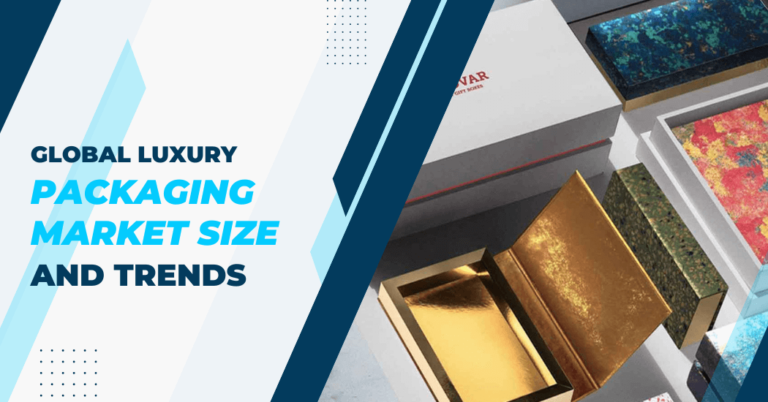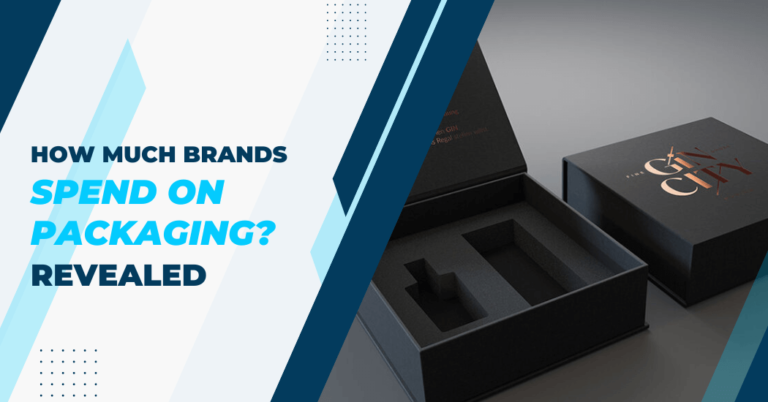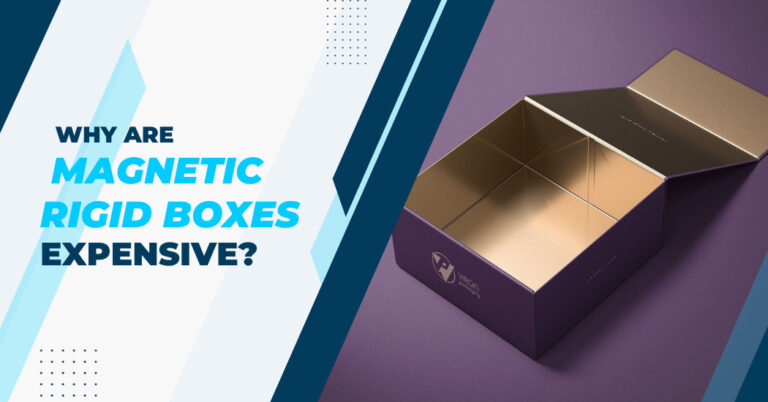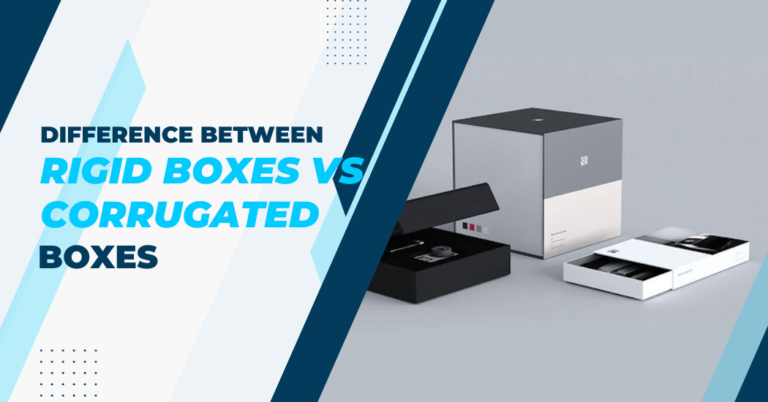Discover Different Types Of Rigid Boxes For Packaging
As a manufacturer of storage solutions, my company and our customers must understand the different types of rigid boxes available. Whether you need durable packaging for shipping valuable goods or easy to stack storage containers for the home or office, the right rigid box design is key.
In this post, I will explore some of the most common types of rigid boxes used across different industries, covering materials, dimensions, closures and other important factors to consider when choosing rigid boxes for various uses.
Understanding the options will help both my company design boxes to meet customer needs and help customers select boxes suited to their specific applications.
Let’s dive into the world of rigid boxes!
What is Rigid Box Packaging?
Before we dive into the different types of rigid boxes, it’s important to understand what exactly a rigid box is. Rigid boxes are sturdy and durable containers typically made from paperboard or chipboard that provide strength and stability while also offering a visually appealing design.
They are commonly used for packaging high-end products such as electronics, cosmetics and luxury goods but can also be used for storage purposes in industries such as retail, healthcare and manufacturing.
Rigid boxes are often considered a more premium packaging option due to their robust construction and ability to showcase products effectively.
Types of rigid boxes
1) Telescoping boxes
Telescoping boxes consist of a separate top, lid and bottom that fit over each other with a portion of the bottom section “telescoping” out when the box is opened. These are often used for products requiring extra protection due to the double layer of cardboard on each side where the top and bottom overlap.
2) Shoulder boxes
A shoulder box is a type of rigid box that features a shoulder or neckline, that creates a ledge for the lid to rest on. This design provides an elegant reveal when the box is opened and adds structural integrity to the packaging.
3) Magnetic closure boxes
Magnetic closure boxes incorporate magnets in the lid and the base which provide a satisfying snap-shut mechanism. This innovative closure method is both secure and easy to use and it imparts a high-end feeling to product packaging.
4) Book Style boxes
Book-style boxes mimic the look and opening mechanism of a book. They usually incorporate a hinged front cover that provides easy access while maintaining the aesthetic appeal of a classic hardcover.
5) Slipcase boxes
Slipcase boxes are essentially a type of sleeve or a case into which another box or set of boxes can be slid in and out. This style is often used for sets of books, collectibles or high-end product compilations.
6) Drawer Style boxes
Also known as slide or matchbox boxes, drawer-style boxes have a tray that slides out from a sleeve, resembling a drawer. They are convenient and offer a unique unboxing experience for items like jewelry or tech gadgets.
7) Foldable rigid boxes
Foldable rigid boxes offer the durability and appearance of traditional rigid boxes but with the added benefit of being flat when not in use, allowing for more economical shipping and storage.
Each type of rigid box provides a different set of benefits and can be tailored to suit the particular packaging needs of a product, ensuring both protection and a premium presentation.
8) Hinged lid boxes
Hinged lid boxes, true to their name, have a lid that is attached to the base of the box with a hinge. These are useful for products that will be accessed repeatedly because they provide a consistent and easy opening experience. They’re frequently used for high-end confections or jewelry.
9) Clamshell boxes
Clamshell boxes consist of a lid and base that fold over each other, creating a “clamshell” shape. They are often used for food or pharmaceutical products due to their secure closure and ability to protect against tampering.
10) Cylindrical boxes
Cylindrical boxes offer a unique and eye-catching design option for packaging cylindrical products such as candles, bottles or containers. They come in varying heights and diameters to accommodate different products.
Advantages and disadvantages of each type of rigid box
| Type of rigid box | Advantages | Disadvantages |
|---|---|---|
| Telescoping boxes | A Double layer of cardboard offers extra protection and a sturdy design. | More material usage may increase the cost and can be bulkier to store and ship. |
| Shoulder boxes | Elegant reveal adds to the unboxing experience and increases structural integrity. | More complex designs can lead to higher production costs. |
| Magnetic closure boxes | Secure closure with an aesthetically pleasing design to open and close. | Magnets can increase the box’s cost and may interfere with electronic items. |
| Book-style boxes | It was aesthetically pleasing like a hardcover book practical hinged front cover. | The cover hinge can wear out with frequent use less stackable than other designs. |
| Slipcase boxes | Ideal for sets and collections offers an upscale packaging option. | Limited to form-fitting items, reducing versatility can be more expensive. |
| Drawer-style Boxes | Unique unboxing experience convenient “drawer” pull-out mechanism. | Slide-out feature can be prone to wear and tear and require more material. |
| Foldable rigid boxes | Flat when not in use for economical shipping and storage retains a premium look. | May not be as sturdy as traditional rigid boxes folding construction can be less durable. |
| Hinged lid boxes | Consistent easy access with an attached lid ideal for repeated opening. | Hinge mechanism can increase production complexity and cost. |
| Clamshell boxes | Secure closure is great for protection and tamper evidence efficient for packaging. | Less display appeal for marketing purposes can be difficult to open for some users. |
| Cylindrical boxes | The eye-catching design is ideal for unique items with variable sizing available. | Limited to cylindrical products may not be as space-efficient as other shapes. |
Factors to consider when choosing a rigid box type
When deciding on the best rigid box type for a product, several factors should be taken into consideration:
- Product size and shape: This factor will determine which box types are suitable for the product and its dimensions. Cylindrical products, for example, may only fit in cylindrical or hinged lid boxes.
- Level of protection: The level of protection required for the product will affect the choice of rigid box type. More delicate or fragile items may need a sturdier, thicker box, while sturdy products can be packaged in thinner boxes.
- Aesthetic appeal: The packaging should align with the brand and target audience’s aesthetic preferences. The design and finish of the box can influence consumer perception and purchasing decisions.
- Brand image: The type of packaging can also reflect the brand’s image and values. For example, luxury brands may opt for more high-end box designs to convey their premium status.
- Production and shipping costs: Different rigid box types have varying production costs due to material usage and complexity. Additionally, some box types may take up more space during shipping, leading to higher shipping costs.
- Functionality: Consider how the box will be used, stored and opened by the end consumer. For example, if the product will be accessed frequently, a hinged lid or drawer-style box may be more practical than a slipcase box.
- Sustainability: With increasing concerns for the environment, it is essential to consider eco-friendly options when choosing rigid box types. Some materials are more sustainable than others and certain box designs may be easier to recycle.
- Packaging regulations: Depending on the product and its contents, there may be specific packaging regulations that need to be followed. These may include safety requirements or labeling guidelines that could influence the choice of rigid box type.
Alternative of rigid boxes
Rigid boxes are not the only packaging option available for products. Various alternatives can provide similar benefits, depending on the product’s needs and budget.
- Corrugated boxes: These are made of corrugated cardboard, also known as “cardboard boxes.” They offer good protection and cost efficiency but may not have the same aesthetic appeal as rigid boxes.
- Folding cartons: These are made of cardstock and can be folded into various shapes. They are commonly used for food, cosmetics and pharmaceutical products and offer a more cost-effective packaging solution.
- Flexible packaging: Made of materials such as plastic, foil or paper, flexible packaging is lightweight and versatile. It can take on different forms like pouches, bags or wraps and is often used for food, snacks and small items.
- Sustainable packaging: As environmental concerns continue to rise, sustainable packaging alternatives are becoming more popular. These include options such as biodegradable materials, reusable containers or compostable packaging.
- Customized packaging: Businesses can also opt for customized packaging solutions that cater specifically to their product’s needs and branding. This can include unique shapes, designs and materials that align with the brand’s image and product features.
FAQs – Types of Rigid Boxes
Can rigid boxes be customized to fit the brand’s design requirements?
Yes, rigid boxes are highly customizable. They can be crafted in various shapes, sizes and designs, including the addition of brand logos, colors and textures to align with the company’s branding strategy.
Are rigid boxes environmentally friendly?
The environmental impact of rigid boxes varies depending on the materials used and the manufacturing process.
However, many rigid boxes are made from recyclable materials and some manufacturers offer sustainable options crafted from eco-friendly resources.
How do I choose the right type of rigid box for my product?
The selection should be based on the product’s size, shape and vulnerability to damage, as well as the intended customer experience and budget constraints. Consideration of branding, sustainability and packaging regulations is also important.
Are there any limitations to using magnetic closure boxes for certain products?
Yes, magnetic closure boxes can interfere with electronic items and increase the box’s cost. They may also be less eco-friendly due to the inclusion of magnets.
Conclusion
Rigid boxes are an essential packaging solution for a variety of industries and applications. With various designs, closures and materials available, it’s important to understand the different types to choose the right one for your needs.
From telescoping boxes for extra protection to hinged lid boxes for easy access, there is a rigid box option that can meet the specific requirements of any product or storage need.
Keep these types in mind when designing or selecting rigid boxes for your next project and you’ll be sure to have packaging that not only looks great but also offers durability and functionality.
So, keep exploring and experimenting with rigid boxes to find the best solution for your packaging needs! Keep exploring and experimenting with rigid boxes to find the best solution for your packaging needs!






